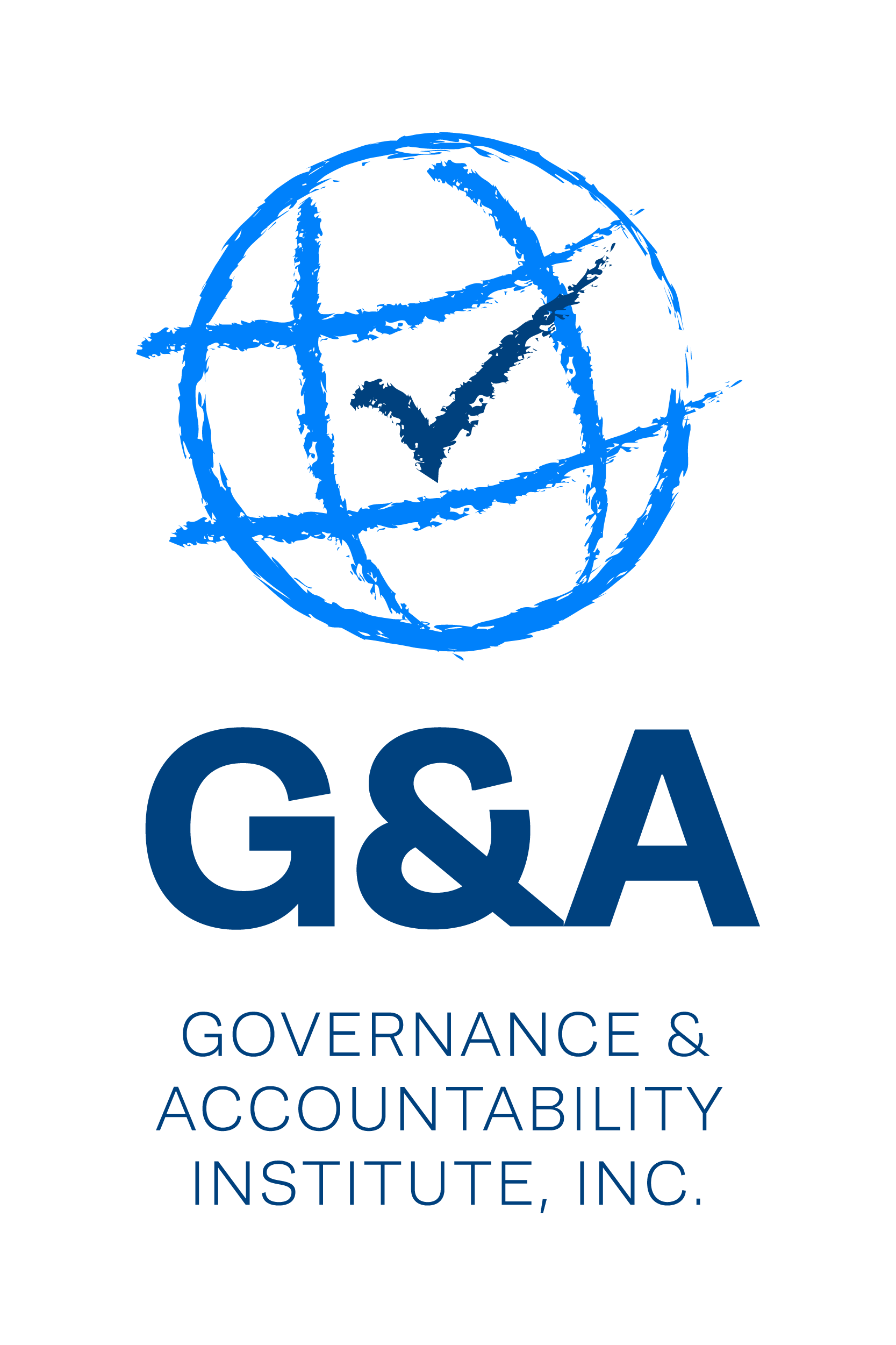The Buzz About U.S. Corporate Sustainability Reporting Trends
G&A's Sustainability Highlights ( 12.01.2023 )
A comment often heard several decades ago in sustainability and ESG investing circles was that U.S.-headquartered companies were distinct laggards in disclosing information and especially performance data on their environmental, social, and governance responsibilities. And that they were notably behind non-U.S. peers in publishing structured reports for investors and stakeholders on these topics. European companies were way ahead, so went the common wisdom for years.
Serious change began with passage by the U.S. Congress of the Sarbanes-Oxley package of legislation in 2002, and adoption of reporting rules by the SEC over the following years. Over the past two decades, annual reporting by U.S. companies on what is now commonly referred to as ESG or sustainability steadily increased -- in terms of relevant policies, strategies, practices, performance, and achievements (or outcomes).
The G&A Institute team had long monitored and analyzed corporate sustainability reporting and the first trends report we shared publicly in 2012 focused on 2011 reporting by companies included in the S&P 500 Index©. These reports carried such titles as “Corporate Responsibility”, “Social Responsibility”, “Environmental Progress”, “Corporate Citizenship”, and a growing number, “Corporate Sustainability”. “ESG” was steadily adopted as a preferred title in more recent years.
Our research team found that about 20 percent of S&P 500 companies were publishing such reports for public consumption in 2011. (Note: the S&P 500 index is an important benchmark for many asset managers, and represents about 80% of available market capitalization.)
The “hockey stick” effect for such reporting became obvious in our next report, when the volume of sustainability reporting in 2012 escalated to more than half (53%) of the S&P 500 companies. For the 2013 reporting year, our research showed the percentage moved to three-quarters of the universe of companies; and by the 2019 reporting year our research showed 90% -- nine of ten companies in this important index -- were publishing ESG reports. Five years ago, we added the “next 500” of large-cap and mid-cap companies to our annual analysis, as represented in smallest half by market cap of the Russell 1000 Index©.
The 2023 edition of our “Sustainability Reporting in Focus” report clearly shows that U.S. companies are no longer “reporting laggards!” In the 2022 reporting year, S&P 500 companies approached 100% reporting and the total Russell 1000 companies grew to a record 90% reporting. Mid-cap companies in the smallest half by market cap of the Russell 1000 had the biggest jump, increasing to 82% reporting.
In the current report, the G&A team, which includes our outstanding analyst-interns, compiled a wealth of information about the 1,000 largest publicly-traded U.S. corporations’ sustainability reporting practices for year 2022. Included is the 12-year track record of S&P 500 (corporate) reporters, and the overall trends of Russell 1000 reporters. Our team looked closely at the use of the key reporting frameworks or initiatives by large and mid-cap corporate reporters (GRI Standards, SASB Standards, CDP, TCFD, UN Sustainable Development Goals, and Science Based Targets initiative). We are also tracking trends of external assurance of such reports.
We invite you to read the results of our full year’s in-depth research effort, which contains an abundance of useful information for sustainability professionals.
The 2023 Trends report is here for your download.
This is just the introduction of G&A's Sustainability Highlights newsletter this week. Click here to view the full issue.

